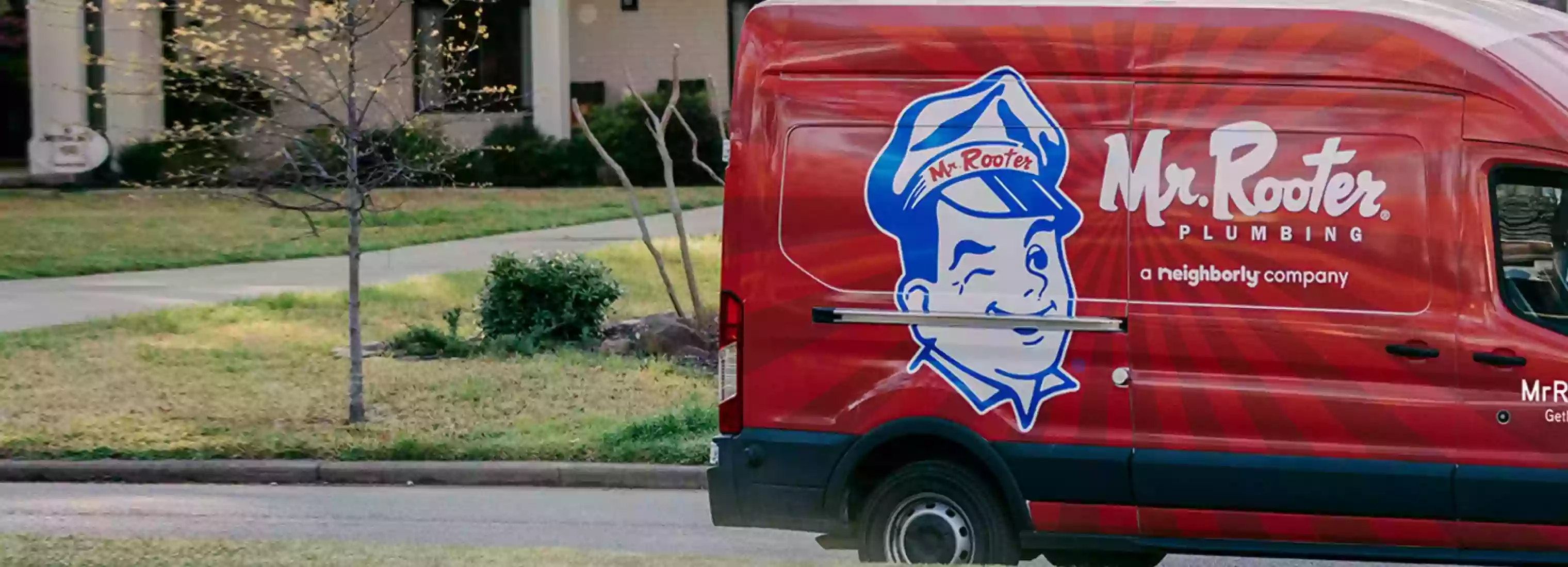What Causes Toilet Flange Leaks?
If your toilet leaks, there’s a good chance that a broken toilet flange is to blame. The flange is the metal coupling on top of the wax ring that secures your toilet to the floor and seals the connection between the toilet and sewer pipe. If either piece becomes worn or broken, you’ll likely have a leak on your hands. It’s a common problem, but we can help you get things back to normal with some tips for diagnosing and repairing the toilet flange.
5 Toilet Flange Leak Symptoms
A few things can cause a leaking toilet, but one of the most common problems is when the flange and wax ring under the toilet are broken, crooked, or faulty. How can you tell if your toilet’s flange is to blame?
Here are the five most common toilet flange and wax ring leak symptoms:
- Your toilet is wobbly. Even if it’s not leaking yet, a wobbly toilet is a sign that the wax ring and flange underneath it are failing. One of their primary purposes is to keep the toilet secured to the floor; wobbling means these components aren’t doing their jobs.
- Odors. If the wax ring is cracked or falling apart, gases can escape into your living space, causing unpleasant odors.
- Water puddling where your toilet meets the floor. If you notice water pooling at the base of your toilet and don’t see anything dripping from the toilet tank, there’s a good chance the flange is the problem.
- The floor around the toilet feels springy or spongy. This is a sign that the flange is leaking, allowing toilet water to soak into your subfloor and making it less rigid. This can lead to wood rot, which can be a safety issue and will require additional repairs.
- The flooring around your toilet is coming up. If the tile or linoleum around the toilet is starting to buckle, rise, or crack, it’s possible the flange is leaking. This will soak the subfloor, making it uneven and causing the flooring to come up as the adhesive fails.
Related Topic: DIY Toilet Repairs
How to Repair a Toilet Flange
Ideally, a toilet flange should be replaced every six to seven years to ensure it’s still in good condition. Repairing a damaged or loose toilet flange will require you to disconnect and remove the toilet after shutting off the water supply. After that, you’ll remove the old flange and wax ring and clean out any debris that could keep the flange from working as it should. Then, it’s time to install a new wax ring and flange, re-set and reattach the toilet, and finally, turn the water back on and check for leaks.
Sometimes, the bolts holding the toilet down become rusty, and the nuts won’t come off easily. In that case, you might have to use a hacksaw or reciprocating saw to remove the existing bolts and replace them with new ones.
Find a Plumber to Help with Toilet Flange Leaks
Toilet leaks aren’t something to mess around with—it’s better to act now than deal with the unpleasant and costly consequences later. A leaking toilet can cause damage to your home and may even lead to health and safety issues due to bacteria-laden water and sewer gases entering your home. Luckily, your neighborhood Mr. Rooter Plumbing is always here to help when you need us. Give us a call any time or request a job estimate online.
 Click to call
Click to call


